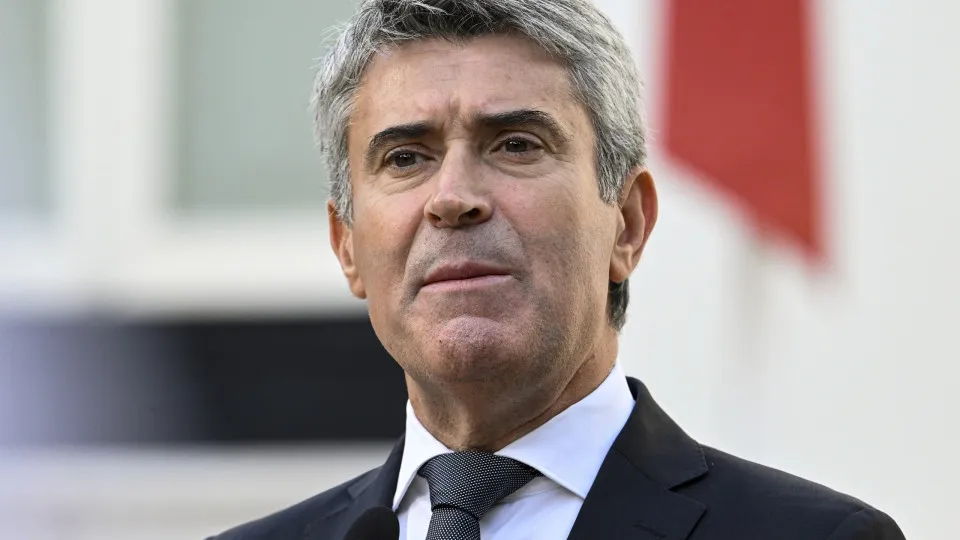
The Organization of the Petroleum Exporting Countries (OPEC) is upholding its forecast of “stable” and “robust” global economic growth, estimating it at 3% for this year and 3.1% for 2026.
In its monthly market analysis, OPEC maintains last month’s crude oil demand forecast for this year, predicting it at 105.14 million barrels per day, representing a 1.25% increase compared to 2024.
OPEC asserts that tensions stemming from U.S. President Donald Trump’s tariff policies have eased due to agreements with partners like the United Kingdom, the European Union, and Japan, as well as a year-long trade truce between the United States and China.
Furthermore, OPEC anticipates that private consumption will remain steady and that public spending, particularly in infrastructure in Germany or defense across Europe and Japan, will be factors supporting economic growth in 2025 and 2026.
However, the report warns that some trade issues and geopolitical challenges, along with the effects of the prolonged U.S. government shutdown and the performance of U.S. debt, are elements to monitor regarding economic development.
OPEC slightly revised downward the oil demand from its twelve member countries and several allies, including Russia (OPEC+), now estimating it at 42 million barrels per day in 2026, indicating this alliance will control approximately 40% of the market.
By country, while the United States will remain the largest oil consumer in 2026 (20% of the global total), China, India, and other developing Asian nations will record the largest demand growth.
In China and India, demand is expected to be driven by rising incomes and household consumption and public expenditure, in a low-inflation context.
Conversely, European wealthy countries will consume just 0.2% and 0.3% more oil in 2025 and 2026 than this year.
OPEC anticipates a decline in demand for diesel and heavy fuel oil for industry and maritime transport due to weak industrial activity and environmental policies.
Regarding crude oil supply from non-OPEC+ countries, Latin America is the region where extraction will increase the most, approximately by 5.7%.
OPEC forecasts that Brazil’s production will rise by about 200,000 barrels per day in 2026, averaging 4.5 million barrels per day.
The twelve OPEC countries produced, according to independent sources, 28.4 million barrels per day in October last year. Together with the contribution of ten other major allied producers, the total reached 43 million barrels per day.
Among these countries, Russia saw an increase in production of 47,000 barrels per day between September and October, a rise of 0.5%.




